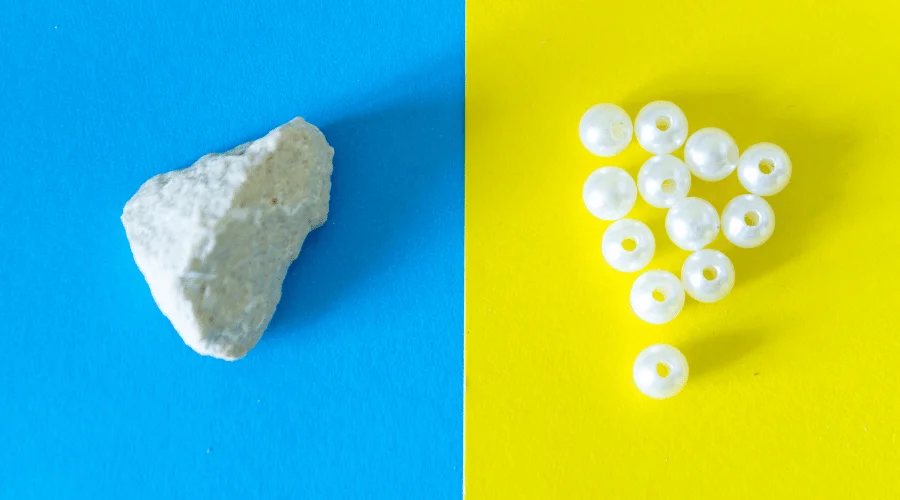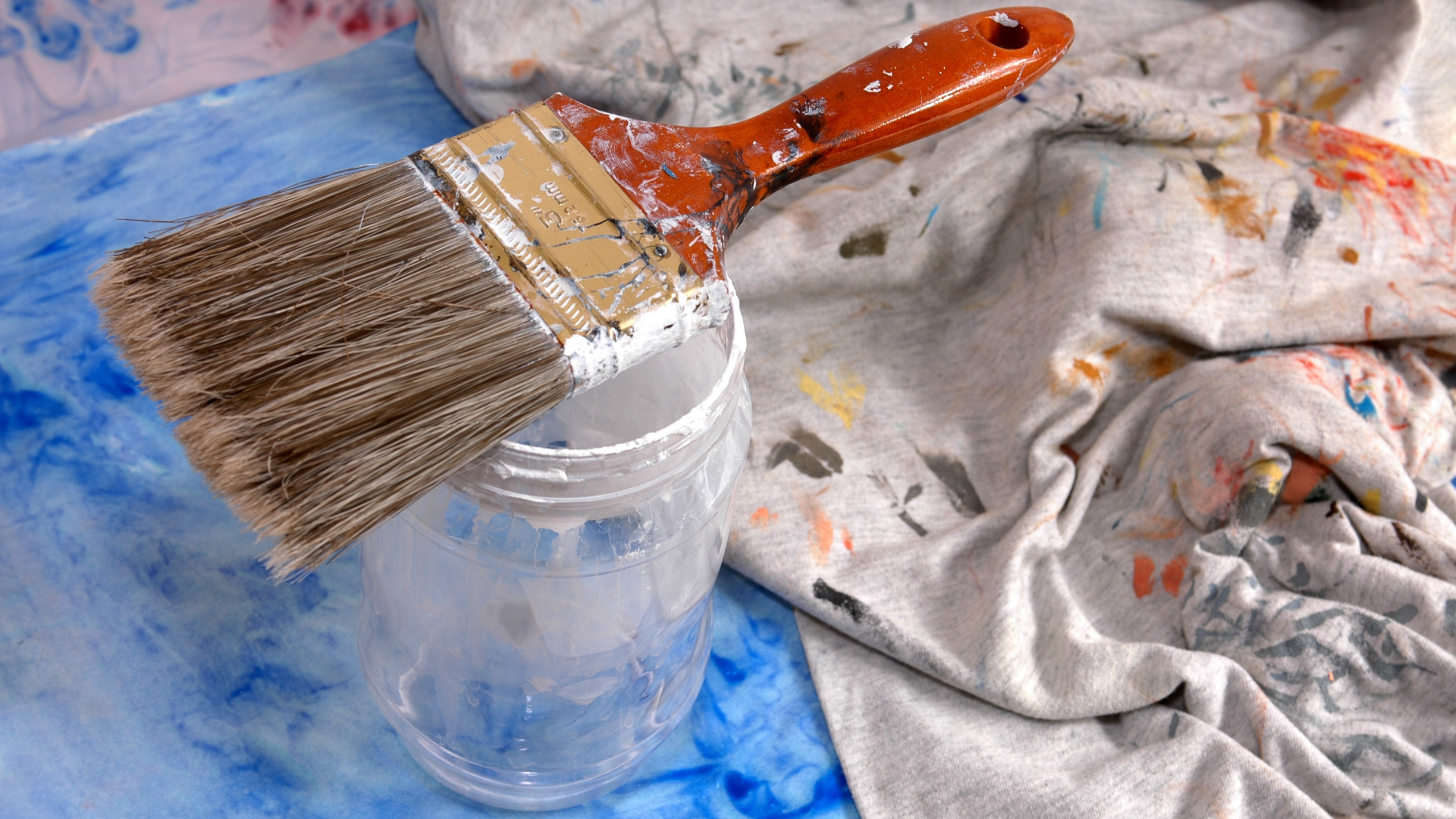Choosing paint isn’t only about your favorite color; it’s about knowing the differences between cheap and good options. We’ll look into paint parts like pigments and binders, the benefits of good paint, and what affects the total cost of your painting project.
Brighten your living spaces with our premium house painting services. Explore the art of transformation with CCT Apex House Painting.
The Difference Between High-Quality and Cheaper Paint
Pigment
- Quality: Top-notch paints have lots of good colors in them, thanks to finely ground pigments from trusted suppliers. These pigments make the paint stay vibrant for a long time. The careful choice of pigments means you can get the color you want with fewer coats, which is a better deal in the end.
- Cheaper: Cheaper paints might not have good pigment. The companies often use less expensive pigments or less of them, making the colors look dull or not quite right. This means you might need more paint and do more coats to get the color you want.
Binder
- Quality: Really good paints use strong binders that not only hold the colors together but also create a tough and bendable layer on the painted surface. These binders protect the paint from things like sunlight and temperature shifts, making sure it lasts and doesn’t crack or peel.
- Cheaper: Cheaper paints may employ binders of lower quality or in inadequate quantities. As a result, the paint film may be more prone to cracking, peeling, or showing signs of wear over time. Because of poor binding, the painted surface may not last as long, and you might need to repaint more often.
Additives and Fillers
- Quality: Premium paints often include additives and fillers that enhance performance. These extras can consist of mildewides, antioxidants, and anti-foaming agents, helping the paint fend off mold, mildew, and other environmental issues. These added elements also enhance how the paint is applied and dries, improving overall performance.
- Cheaper: In an effort to save money, cheaper paints might skip on these extra things. This can make the color more likely to develop mold and mildew, especially in damp places. Also, not having good additives may make it harder to apply the paint and affect how it looks when it dries.
Volatile Organic Compounds (VOCs)
- Quality: High-quality paints often prioritize low levels of volatile organic compounds (VOCs) chemicals. VOCs are substances that can turn into gas and go into the air, adding to the air inside and could be bad for your health. Premium paints adhere to strict VOC regulations, offering a safer and more environmentally friendly option.
- Cheaper: Cheaper paints could have more smelly stuff called VOCs, which might not be so good for breathing when you’re painting. Breathing in these fumes for a long time can lead to breathing and health problems.
Coverage and Hiding Power
- Quality: Quality paints are formulated to provide excellent coverage and hiding power. This means that the paint can effectively conceal the underlying surface and imperfections with fewer coats, saving both time and material.
- Cheaper: Cheaper paints may have lower hiding power, requiring additional coats to achieve a satisfactory finish. This not only increases the amount of paint needed but also extends the time and effort spent on the painting project.
Sheen and Finish Options
- Quality: Paints come in different shines, from flat to super shiny, letting you pick what looks good and works well. These paints keep their shine over time, making sure things look nice and stay consistent.
- Cheaper: Paints come in different shines, from flat to super shiny, letting you pick what looks good and works well. These paints keep their shine over time, making sure things look nice and stay consistent.
Color Consistency
- Quality: Quality paints ensure color consistency from can to can. This consistency is crucial for large projects or touch-ups, where even slight variations in color can be noticeable.
- Cheaper: Less expensive paints might show differences in color between batches, making it difficult to achieve a consistent look across the entire painted surface. This lack of color consistency can be especially problematic when additional paint is needed for touch-ups.
Factors Impacting the Cost of a Painting Project
- Paint Quality – The type and quality of paint chosen significantly impact the overall cost. Investing in premium paint may incur a more significant initial expense. Still, it can be a money-saving more significant initial expense but it can be a money-saving choice in the long term.
- Surface Preparation – Properly preparing the surface before painting is crucial. Quality paint requires a well-prepared surface for optimal adhesion, which may involve additional time and cost.
- Labor Costs – Good workers cost more. Putting on quality paint needs a skilled touch, and hiring a professional painter can add to the total cost.
In painting, you get what you pay for. The contrast between cheap and good paint goes beyond looks; it affects how long it lasts and how happy you are with the final result. Knowing about paint parts and what a project costs will help you choose wisely for a beautiful and lasting finish for your space. Quality paint is like an investment, making your space look great for a long time.





